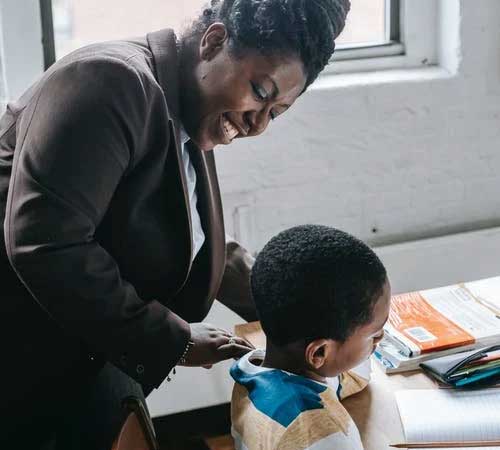Are you looking for ways to boost your child’s speech practically? Look no more; this article is the right content to savour.
. Speech and language development are essential for a child’s overall growth and communication skills. As a parent, you play an active role in your child’s ability to understand and use words.
The American Speech-Language-Hearing Association (ASHA) provides valuable insights into activities that can promote speech and language development.
From 0 To 2 Years
1. “Ma,” “Da,” And “Ba” Sounds
Encourage your baby to say simple sounds like “ma,” “da,” and “ba.” Gently entice them to repeat these sounds.
2. Having Conversations
Engage in pretend conversations with your baby. Look at them when they make sounds, and respond as if you’re having an honest dialogue. This is all time funny and dramatic, but it’s s worth it.
3. Imitate And Play
Imitate your baby’s laughter and facial expressions. This creates a delightful back-and-forth interaction.
4. Actions And Words
Teach your baby simple actions like clapping or playing peek-a-boo while describing what you’re doing.
5. Verbal Interaction
Talk to your baby during daily routines like bathing, feeding, and dressing. Describe your actions and where you’re going.
6. Colours, Shapes, And Counting
Point out colours and shapes, and count objects your baby sees. This enhances their understanding of the world.
7. Gestures And Animal Sounds
Use gestures like waving and pointing. Connect animal sounds with the respective animals to link sound and meaning.
8. Expand On Words
When your baby says a word, build on it with more words to expand their vocabulary. For instance, if they say “Mama,” respond with, “Here is Mama. Mama loves you.”
9. Reading Aloud
Read to your child regularly, discussing the pictures. Ask questions about what’s in the photos to encourage interaction.
2 To 4 Years
1. Clear Speech
Speak clearly to your child, serving as a model for good speech.
2. Repetition And Expansion
Repeat your child’s words to show understanding and add more words to their sentences.
3. Baby Talk And Adult Words
While it’s okay to use baby talk occasionally, ensure you also use adult words. For example, say “dinner” alongside “din-din.”
4. Picture Fun
Cut out pictures of favourite items and categorise them. Create fun combinations by mixing and matching pictures, sparking discussions.
5. Question Time
Encourage your child to ask and answer questions like the yes–no game. This promotes thinking and conversation.
6. Choices
Offer choices to your child, like “apple or orange” or “red shirt or blue shirt,” to boost decision-making skills.
7. Word Learning Through Songs And Rhymes
Sing simple songs and recite nursery rhymes. The rhythm in these activities helps your child understand the flow of speech.
8. Objects And Storytelling
Place familiar objects in a box and have your child describe them. Use pictures of people and places to create stories together.
4 To 6 Years
1. Active Listening And Praise
Pay close attention when your child talks, and show that you value their words. Praise them to reinforce their communication efforts.
2. Pause For Responses
After speaking, pause to allow your child time to respond, fostering conversation.
3. Vocabulary Expansion
Continuously introduce new words and explain their meanings or use them in context to enhance comprehension.
4. Location And Descriptions
Teach your child words like “first,” “middle,” and “last,” and opposites like “up” and “down” or “on” and “off.”
5. Guessing Games
Encourage your child to guess objects or scenarios based on clues, improving their problem-solving skills.
6. Categorisation And Direction
Engage in categorisation activities and ask your child to identify the item that doesn’t belong in a group. Develop their understanding of directions like “right” and “left.”
Also Read: Autism: 5 Signs Every Parent Must Know
7. Following And Giving Directions
Guide your child to follow two- and three-step directions. Let them give you directions, enhancing their communication skills.
8. Role-Play And Storytelling
Play games like “house”, where your child takes on the role of the parent, describing different rooms and furniture. This sparks imaginative storytelling.
9. Media Interaction And Everyday Learning
Watch TV shows or movies with your child, discussing what’s happening to the characters and encouraging them to predict story outcomes. You can also involve them in everyday tasks, discussing menu items, where to put things, and who they belong to.
10. Grocery Learning
Bring your child along for grocery shopping. Discuss what you’re buying, quantities, and attributes like size, shape, and weight.
You can also consult and seek the advice of a speech therapist t if you have any concerns.
Find more interesting contents on parenting here.



